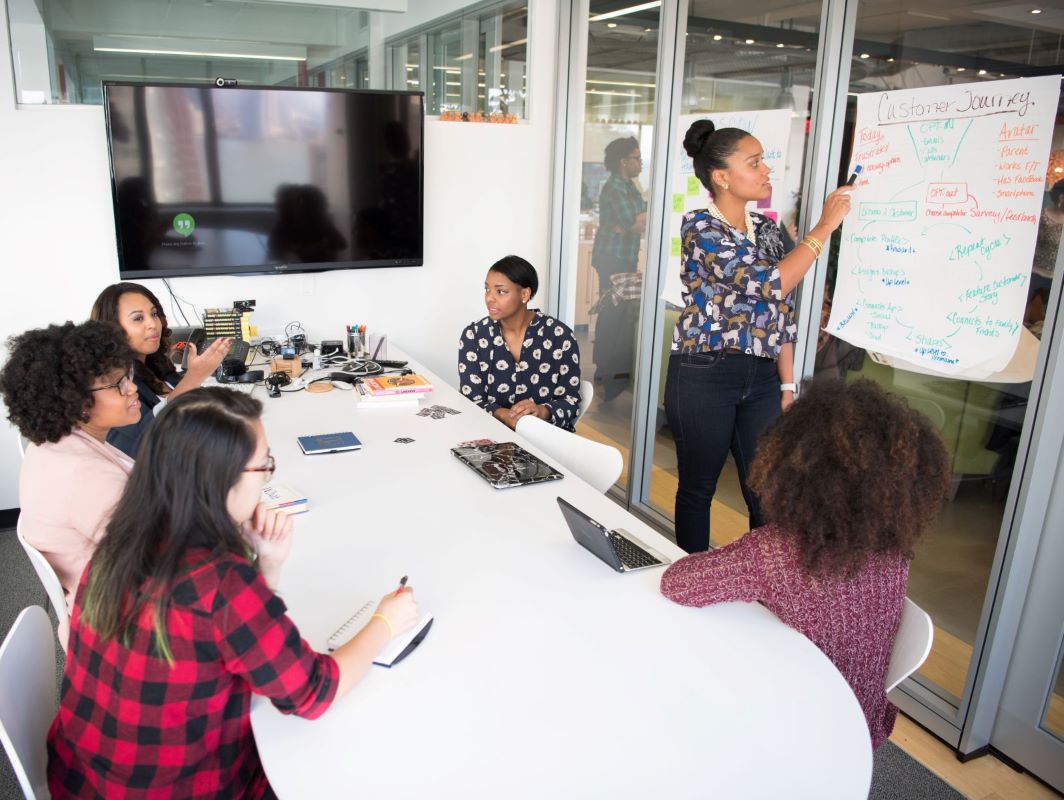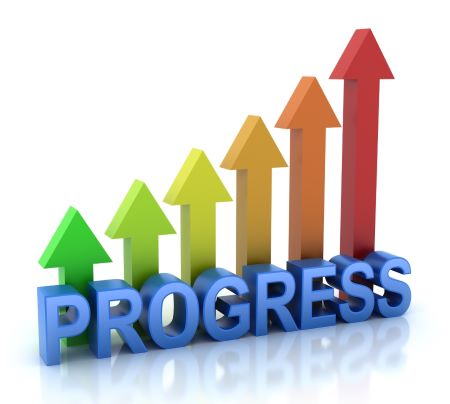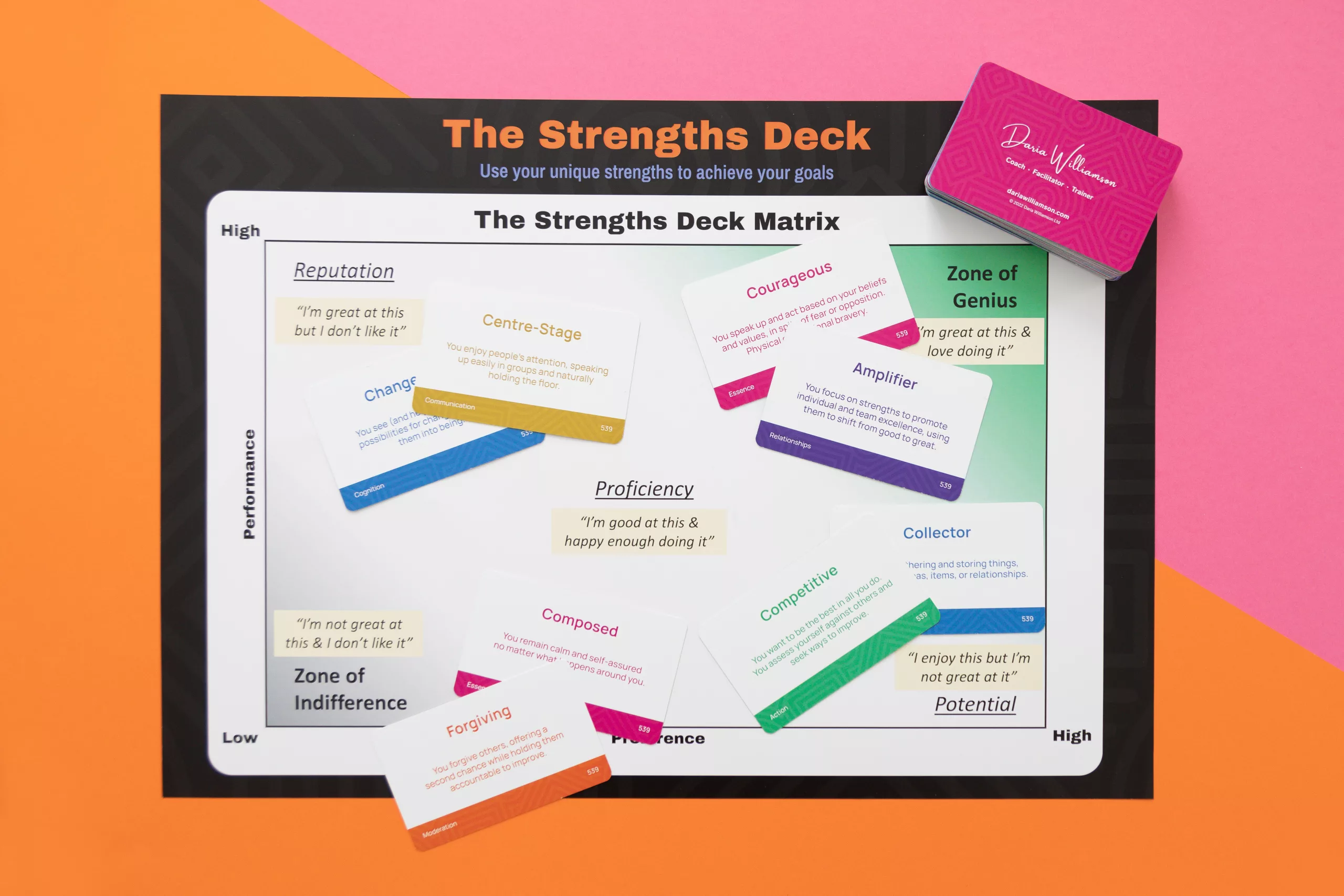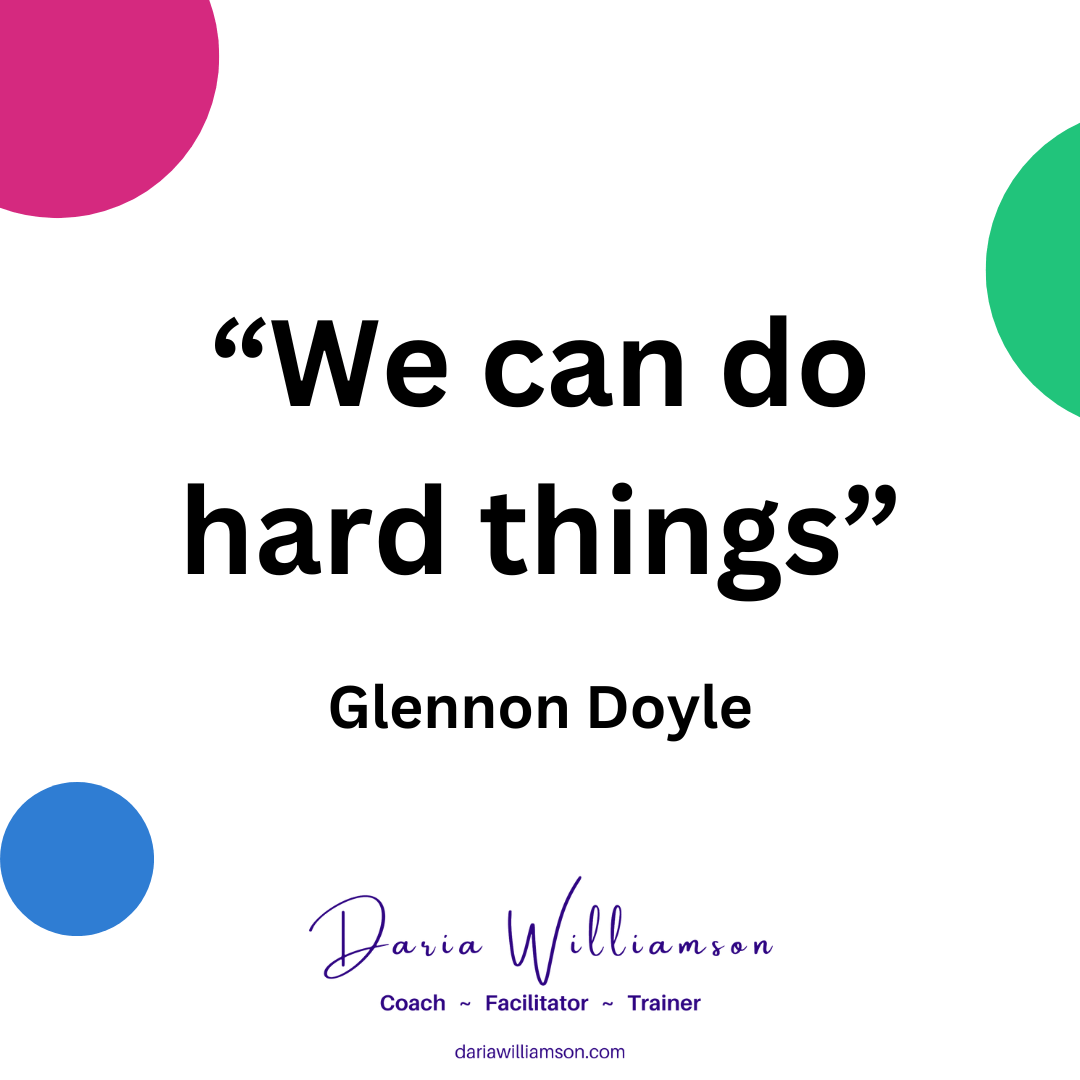So far in the series, we’ve looked at strategies that directly apply to our thinking. In this post, we’ll look at a strategy that helps manage the thinking process: use a facilitator. A skilled facilitator will free you up to focus on idea generation. They will also help you apply the strategies we’ve already covered: having lots of ideas, reading, watching and listening broadly, carving out blank space, involving others, knowing nothing and being curious, using a theme or vision to focus our thinking, and not prejudging our ideas.
Why use a facilitator?
We all like to think that we can multi-task. We believe we can lead a meeting while generating ideas, monitoring the atmosphere, and planning dinner (!). But our brains physically can’t multi-task. They can only rapidly switch between tasks. I’ve previously written about the myth of multitasking and why it affects us so badly.
And when we ask our brains to switch rapidly over a period of time, the quality of our work on every task suffers. And we are less productive overall than if we focused on one task at a time.
This is why it’s a great idea to use a facilitator, especially when we’re working on something that’s really important to us. The facilitator manages the logistics and framework of the meeting. They monitor who is speaking up, the emotional climate, when the group is getting stuck in a rut or wandering off course, what’s not being said, who isn’t being heard from, keeping to time etc.
The facilitator isn’t going to generate the great ideas for us. Their role is to free our thinking capacity up so we can get stuck into doing the thinking.
When should I use a facilitator?
Firstly, you won’t always need to use a facilitator. If you’re working on something relatively straightforward, with a shared understanding of what needs to happen, and who will do what, that can usually be managed within your team.
An exception to this would be where the team finds itself in a loop, being really “busy” trying to solve a challenge, but not making progress. In that case, a facilitator can help you frame things differently. They can ask questions that shift your perspective, or help you consider areas you might have neglected.
And if you need any kind of creative thinking, problem-solving, or other kind of idea generation, using a facilitator from the get-go can be a great way to apply the other strategies we’ve already covered in this series.
How do I choose a good facilitator?
A good facilitator won’t solve your problem for you. That’s your job! Why? A facilitator will never know your context, your goals or your resources as well as you do. However, a facilitator is skilled at helping people solve their own problems.
Definitions of “facilitator” give us insight into the kinds of qualities and experience we’re looking for:
- Someone who makes progress easier.
- A person who helps a group to have an effective dialog without taking any side of the argument, especially in order to reach a consensus
- Someone who helps to bring about an outcome (such as learning, productivity, or communication) by providing indirect or unobtrusive assistance, guidance, or supervision
- A person who helps a group of people to work together better, understand their common objectives, and plan how to achieve these objectives, during meetings or discussions. In doing so, the facilitator remains “neutral”, meaning they do not take a particular position in the discussion
.

Qualities of a great facilitator
Based on the above definitions, you’re looking for someone who can demonstrate a range of qualities, including:
- Maintains neutrality.
- Offers guidance.
- Provides assistance.
- Helps people understand their common goals.
- Acts unobtrusively.
- Aids understanding.
- Supports open discussion.
- Manages conversations with objectivity.
- Creates an environment for effective dialogue.
- Champions consensus-building.
- Promotes planning for success.
- Ensures everyone gets an opportunity to participate.
- Optimises for outcomes.
Each facilitator will have a unique mix of skills, talents and capabilities. No one can be high-performing in every area. So, list the most important aspects for you and what you’re working on, then select your facilitator based on that list.
A facilitator doesn’t have to be someone from outside your organisation. Someone in another team might fit the bill. Just ensure that they stay in ‘facilitator mode’, and don’t also try to “do the thinking” with you.
You might want to look for someone who has specific skills or experience. This could be someone who can facilitate using Edward de Bono’s Six Thinking Hats framework, which I wrote about in strategy #7: don’t prejudge your ideas, or someone with a Lean/continuous improvement background.
What should I expect when I use a facilitator?
You’ll start with clarifying your requirements and goals, and the facilitator’s responsibilities. You should cover off logistics too. That means things like who will set up the room, who will document the session, who will manage the invitations and RSVPs for the meeting etc. You’ll also agree the overall session format (times, introductions etc.).
On the day itself, make sure you and the facilitator both know what’s going on and have everything you need for your part. During the session, do your best to resist the temptation to “facilitate” in the meeting. That’s the facilitator’s job!
Letting them facilitate can be challenging if you’re used to be in charge. But remind yourself of all the great reasons you decided to use a facilitator. They can include:
- Saving you from multitasking during the idea generation session.
- Allowing you to focus on the thinking.
- Bringing additional skills and experience for managing the idea generation session.
- Ensuring all ideas and voices get an equal opportunity to be heard.
- Opening up a different perspective on your challenge.
- Untangling a repetitive issue or problem that has been resistant to previous efforts.
What a facilitator won't do (and what you will)
Facilitators are usually wonderful people, and bring so many benefits to the teams and organisations that they work with. However, they aren’t magicians. And they won’t do the work for you.
You and your team will do the hard work of thinking to generate your great ideas. And then you’ll need to undertake an analysis of the ideas. You’ll identify which ones could work, and what resources they require. Then, you’ll prioritise them. After that, it’s time to decide which ideas will be implemented, how that will be done, and how you’ll measure success. Finally, you’ll tackle the implementation and monitoring stages.
The great news is that you can use a facilitator for each of these steps. They are distinct stages of the overall process that starts with idea generation and ends with you getting your desired results. Trying to rush through the stages, or blending stages together, will lower the overall quality and effectiveness of the process. A good facilitator supports you through each stage, helping you get better, faster results than you would going it alone.
Progress check
We’re closing in on the end of this series on “How to have great ideas”. So far, the strategies we’ve covered are:
- Have lots of ideas
- Read, watch and listen broadly
- Carve out blank spaces
- Involve others
- Know nothing, be curious
- Use a theme or vision
- Don’t prejudge your ideas
- Use a facilitator (this article)
There are two more strategies in this series. If you’d like to read up on the ninth strategy, jump over to the series page, or scroll down to the bottom of the page to browse my recent articles.
And if you want to be notified when I publish new articles and content, and launch my new series “How to turn great ideas into great results”, sign up for my weekly newsletter below.

Resources
- Facilitator definitions: Wordnik.com, Merriam-Webster.com, Wikipedia.com
- Six Thinking Hats summary – deBono.com
- Building a Culture of Continuous Improvement with an Idea-Driven Approach – Essee.com






2 thoughts on “Great ideas: Strategy 8 – use a facilitator”
Pingback: How to have great ideas: Strategy 9 – get a coach ~ Daria Williamson - Coach, Facilitator, Trainer
Pingback: How to have great ideas: Strategy 10 – use your strengths
Comments are closed.